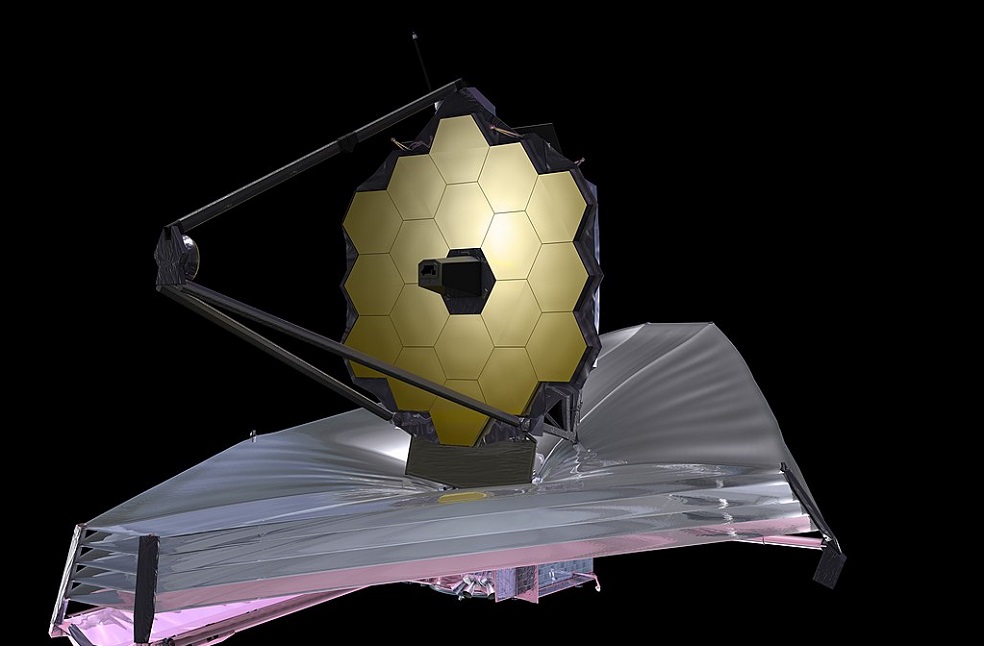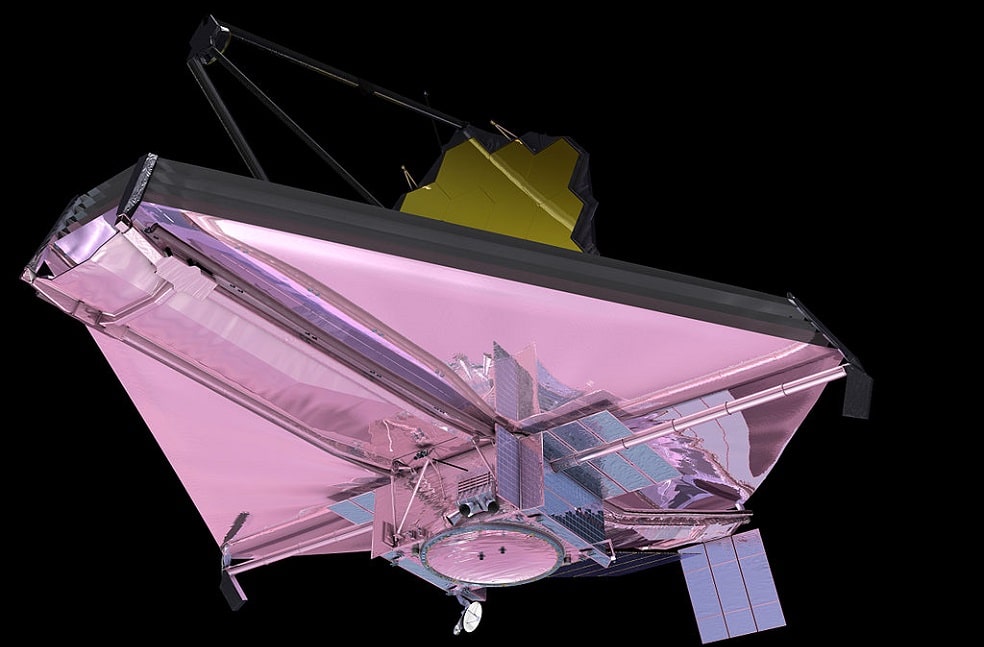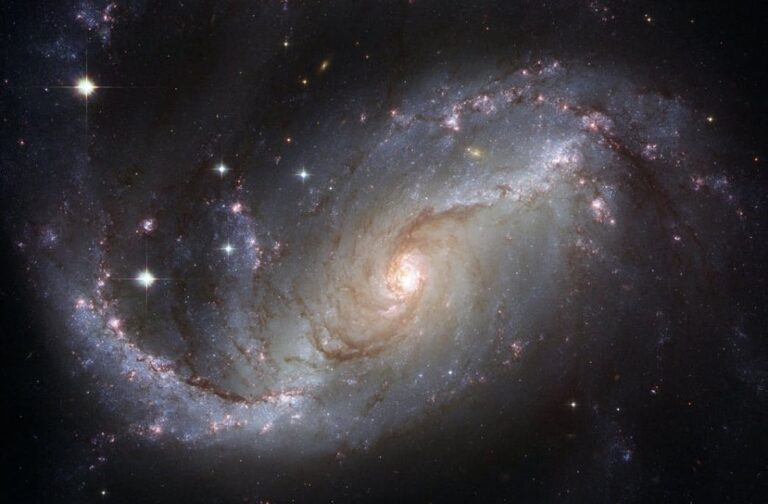United Kingdom: A study of early images taken by the James Webb Space Telescope has revealed the previously obscured newborn stars.
According to researchers, images, which are captured with the near-infrared camera from the space telescope, show signs of two dozen previously unseen stars about 7,500 light years away from Earth.
The findings are published in the December issue of Monthly Notices of the Royal Astronomical Society.

“What Webb gives us is a snapshot in time to see just how much star formation is going on in what may be a more typical corner of the universe that we haven’t been able to see before,” Rice University astronomer Mr. Megan Reiter observed.
Mr. Reiter and other researchers from the California Institute of Technology, University of Arizona, Queen Mary University in London and the United Kingdom’s Royal Observatory in Edinburgh, Scotland, have done a deep analysis on the portion of images taken of what’s been dubbed the “Cosmic Cliffs,” a star-forming region in a cluster of stars called NGC 3324.

The researchers found that the newborn stars, within their first 10,000 years, gather material from the gas and dust around them and eject a fraction of it from their poles in the form of jet streams. These jets then sweep up molecular hydrogen, which is needed for baby stars.
The co-author of the study Mr. Nathan Smith remarked that “jets like these are signposts for the most exciting part of the star formation process. We only see them during a brief window of time when the protostar is actively accreting.”
Another co-author Mr. Jon Morse commented about the discovery that, “It’s like finding buried treasure.”



